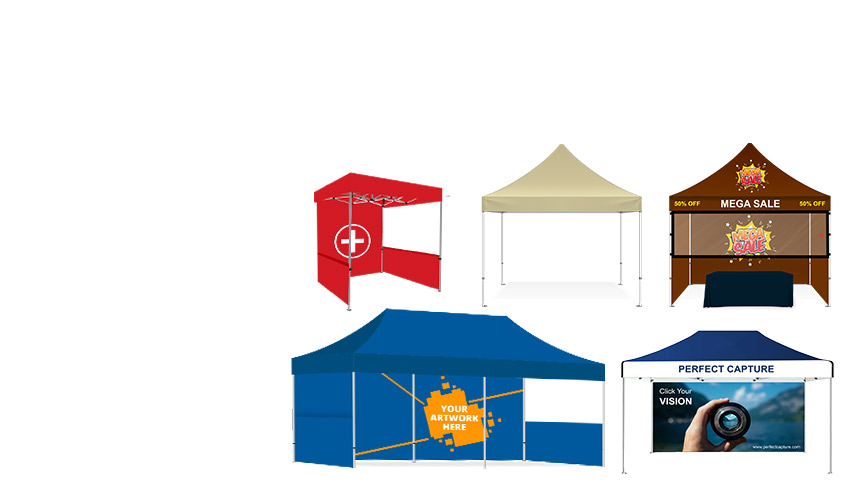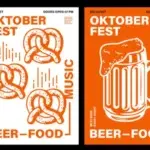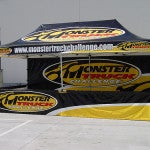
The history of Black Friday goes back more than 100 years, and it wasn’t originally associated with a shopping day, but with a financial crisis.
According to History.com, the crash of the U.S. gold market on September 24, 1869, spearheaded by two Wall Street financiers, Jay Gould and Jim Fisk, was a decidedly less-than-festive occasion. The pair bought up large reserves of gold with the intention of driving up the price, then selling it for huge profits. But the plan backfired, sending the stock market into a panic followed by an enormous crash on that Friday, bankrupting countless businesses.
Black Friday became reborn as a holiday tradition in the 1950s, beginning with retail sales in Philadelphia that began on the day after Thanksgiving as shoppers flooded into the city to take advantage of bargains. By the 1960s, Black Friday had become an event, eventually catching on across the country by the 1980s.
Today, Black Friday is now a nearly month-long event, with the one-day sale becoming a four-day shopping experience for many outlets. Indeed, many Black Friday events began earlier this year, some as early as October, and are running longer into November, before Black Friday, and beyond Cyber Monday.
Did Someone Say Shopping?
According to the National Retail Federation, 135.8 million Americans plan to shop over the Thanksgiving weekend (58.7 percent of those surveyed), though even more (183.8 million, or 79.6 percent) said they would or might take advantage of the online deals offered on Cyber Monday.
According to economic and retail experts, here are a few suggestions for a successful Black Friday:
Safety First
Obviously, social distancing and safety precautions are still not only a must but they’re Job #1. Safety signs and social distancing floor stickers are the perfect starting point for putting your safety program together. You can put your brand marketing on steroids by selling custom face masks – or giving them away free with purchase. Every opportunity to remind customers and staff that their health and safety is your most important concern is a brand and loyalty-building behemoth.
Promote Shopping Online
The shift from in-person retail trips to the online world has been an ongoing evolution in the shopping experience, and that trend isn’t going to be going away anytime soon – if ever. That means that this is an opportunity to promote your online sales efforts with in-store banners, signs, and digital tags with scannable codes for quicker price checks and sales. Apps make this a snap. It allows customers to store data on their phone and purchase online – even while they’re still in your store!
Make Sure Your Site Can Handle the Traffic
Your online store must be up to date and ready to handle an increase in traffic and sales. According to the site Vend, having less than a robust retail website can hurt more than it can help. A little extra bandwidth is better than too little digital space, and you’ll be better off with a site that can reliably handle the extra holiday traffic. Prepare now. That will even give you time to test your system.
Optimize Your Site With Smart SEO

Picking effective sets of keywords and key phrases, especially for organic searches, can make a big difference for retailers seeking to create a successful user experience. Making your site more searchable and intuitive for customers almost always helps create a more satisfying shopping event. Google’s robust analytics can help you identify both keywords and long-tail keywords that you can use to help your site rank higher in search queries.
Practice Smarter Shopping Using Digital Resources
More and more shoppers are using their smartphones to do their shopping. In fact, of online sales in 2019, 34.5% were transacted on phones. By either creating or optimizing your mobile app you provide immediate and convenient access to merchandise. Smartphone cameras can also be used to help customers find the best deals and discounts for point-of-purchase savings through Q-codes or reading your items’ barcodes.
Sign of the Times
Point-of-sale signage, retail end caps, limited-run sales signs, floor displays, banner signage, and any of dozens of other sign options may seem a little old-school in these digital days, but never underestimate the power of an eye-catching display. In fact, just one in-store sign can improve your annual revenue by 4.75%. Creating vibrant displays that are front and center when a customer enters simply increases that effectiveness. These displays near your register to increase your impulse shopper sales.
The Hope Is BOPIS

Buy Online Pickup In-Store is a fast-growing phenomenon that is even more robust during the pandemic era. 68% of shoppers surveyed by Doddle, a return service provider, say they’ve made multiple BOPIS purchases and 50% say that is a key component in choosing where they will shop.
Once you’ve handled the logistics, make sure your pickup location is inside your store. Why? Because these shoppers are much more likely to purchase more while inside your store. In fact, 85% of shoppers said they have made additional in-store purchases. Add in the proper banners and signs and you increase your chances of sales dramatically.





























 Posted in
Posted in  Tags:
Tags: 







